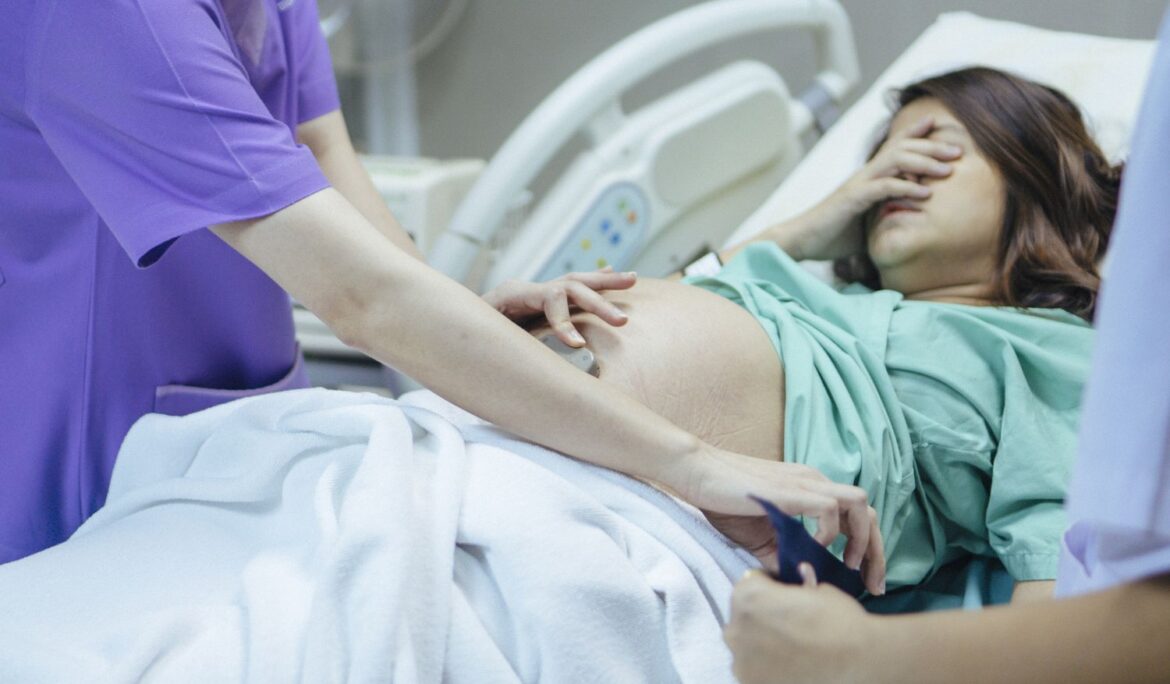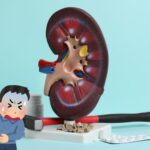Complications can arise at any stage of childbirth. But on a positive note, they’re very rare, and usually, childbirth happens smoothly.
Childbirth specialist from Gynae hospital in Delhi shares a list of common labour complications for the families who are expecting a baby. It is best to thoroughly go through all the concerns to avoid any mistakes when it’s time.
Labour complications during childbirth
Some of the most common labour complications are listed below:
● Prolonged labour
A tiny number of women, primarily first-time moms, may have a labour that is too protracted. In this condition, both the mother and the infant are in danger of many issues, including infections.
Your doctor or midwife can assess how far your labour has progressed by measuring how much the cervix has opened and how far the baby has fallen. If your cervix is opening slowly or contractions have slowed or stopped, your midwife or doctor may advise you that your labour is not advancing. It is beneficial to be able to relax and remain calm; tension might cause things to slow down even further. Ask what you and your support person can do to get things started.
● Abnormal position of the baby
Position refers to the posture of the fetus as your body prepares for birth, which might be vertex (head down) or breech (buttocks down). The fetus often moves lower in the uterus in the weeks before your due date. For labour, the baby should be positioned head-down, facing the mother’s back, with its chin tucked to its chest and the rear of the head ready to enter the pelvis. This allows the tiniest section of the baby’s head to pass through the cervix and into the delivery canal.
Because the baby’s head is the biggest and least flexible, it should be the first to enter the birth canal. That way, there’s a low chance that the baby’s body will make it through but his head would become stuck.
Sometimes the newborn faces the mother’s belly rather than her back. This raises the likelihood of difficult “back labour,” prolonged childbirth, or birth canal ripping.
● Multiple babies
When there are many babies, labour may occur prematurely. When the final baby is delivered, the placenta (or placentas) is ejected in the normal manner. If the kids are preterm, they will likely require additional care at delivery and for a few days or weeks later.
You may be induced at term if your infants are in the proper position. Often, the obstetrician will recommend an epidural. This is because, once the first twin is delivered, the second twin may be in an odd position, requiring the obstetrician to manipulate the second twin into position for birth.
● Umbilical cord prolapse
The umbilical cord is your infant’s lifeblood. Oxygen and other nutrients are transferred from your body to your baby via the placenta and umbilical cord. The umbilical cord may slide through the cervix before or during labour, allowing the infant to enter the birth canal. It may even protrude through the vagina. This is harmful because the umbilical cord can get plugged, preventing blood flow through it. You will most likely feel the chord in the delivery canal and may see it if it protrudes from the vagina. This is an emergency scenario.
● Postpartum hemorrhage
Postpartum hemorrhage (PPH) is a condition that can develop after a baby is born. PPH is unusual. Losing blood during labour is considered normal. PPH refers to profuse vaginal hemorrhage following childbirth.
To avoid PPH, you will be given an injection of Syntocinon during your baby’s birth, which promotes contractions and aids in the removal of the placenta.
Your midwife will check your uterus regularly following birth to ensure that it is firm and contracted. Postpartum hemorrhage can lead to a variety of consequences, including a prolonged hospital stay.
● Umbilical cord compression
As the fetus moves so much inside the uterus, the umbilical cord may wrap and unwrap around the infant several times during the pregnancy. While there are “cord accidents” in which the chord becomes twisted and causes injury to the infant, these are exceedingly rare and typically unavoidable.
During labour, the umbilical cord may be stretched and squeezed, causing a short reduction in blood flow inside it. This can induce abrupt, brief reductions in the fetal heart rate, known as varying decelerations, which are often detected by monitoring during labour. Cord compression occurs in around one in every ten births. In most situations, these alterations are not cause for alarm, and most babies swiftly move through this period, with the delivery proceeding smoothly. However, a cesarean surgery may be required if the heart rate decreases or the fetus exhibits other indicators of distress, such as a fall in fetal blood pH or the passage of the baby’s first stool (meconium).
How to prevent labour complications?
Mothers who care for themselves and their babies may generally avoid serious difficulties, especially if professional, obsgyn delhi are there to assist.
- Regular prenatal check-ups: Attend all planned prenatal check-ups with your healthcare provider to monitor your and your baby’s health, discover any problems early, and receive advice on how to have a safe pregnancy.
- Stay active and exercise: As prescribed by your doctor, engage in moderate physical exercise to enhance stamina and boost general well-being, which can contribute to a more comfortable birthing experience.
- Educate yourself: Take birthing classes to learn about the labour process, relaxation techniques, and pain relief methods. Understanding what to expect during labour might help you feel less anxious and make more informed decisions.
- Maintain a balanced diet: Consume a healthy and well-balanced diet high in necessary nutrients, vitamins, and minerals. This promotes your baby’s growth and keeps you healthy, lowering the chance of difficulties during labour.
- Establish a birth plan: Talk to your healthcare team about your labour and delivery preferences, and then establish a birth plan. Convey your preferences for pain relief, interventions, and any specific concerns to ensure everyone is on the same page throughout the delivery process.
The Obs and Gynae doctor at the UK Nursing Home have expertise and caring staff. It is best to contact the our top Gynae hospital in Vikas Puri to avoid any future complications.
Conclusion
Regular prenatal check-ups, a healthy lifestyle, education, and the development of a birth plan may all help to make delivery a more comfortable and safe experience preventing any labour complications. Expectant moms can improve their chances of having a successful and complication-free birth by prioritising these strategies. Always seek personalised advice and help from Obstetric doctor throughout your pregnancy













